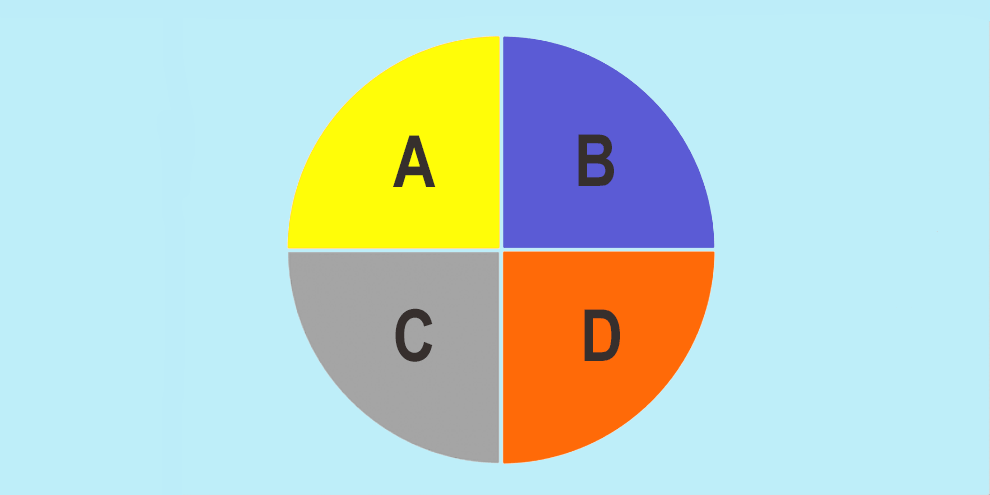Editor’s note: Brant Cruz is head of the retail practice at Boston research firm Chadwick Martin Bailey.
Stock market volatility. Consumer pessimism. Economic instability. Even though the U.S. presidential election is behind us, these are still very uncertain times. When it comes to custom research, the easiest thing to do is nothing. Wait it out. But for how long? And what will the opportunity cost be if you don’t begin the process now?
Obviously, we all need to be cognizant of economic factors when deciding when to launch any project. Any information can help, whether it’s external data or indications from your customers that their sentiments have stabilized - even if that stabilization is on the pessimistic side.
For segmentations in particular, which can be especially challenging during periods of extreme uncertainty, it’s important to at least begin the process for conducting the study. I have highlighted several major concerns below, with my thoughts on their validity and how to address or even overcome those challenges.
Concern: A segmentation is less actionable in a bad economy than in a good one
Not so. Remember that segmentations make you smarter about how you make all your investments. And as resources get scarcer, knowing who is most important (currently and in the future) makes tough decisions a bit easier. You could even make the argument that segmentations are actually more important in bad times.
Concern: The research could produce different (or invalid) segments
This should not be a cause for worry, and should not stop you from launching a study. For example, if you think about the key basis variables that would make for a great motivationally-based segmentation scheme (e.g., needs, attitudes, etc.), these things would not change based on economic climate.
The one area where you should expect to see some change in priority is the price dimension. But this is not necessarily a negative thing, and certainly no reason to throw your segmentation study in the recycle bin. Price is probably more important to nearly everyone now, and you may see more variance in any price variables included today than you would have a year ago. But this is the reality you will likely need to deal with for at least the next 12 months and possibly beyond.
The key is to understand the relative price sensitivity for each segment. This is critical as you make investment decisions in the current economic climate.
Concern: We could derive incorrect relative values for the segments, leading to improper resource allocation
Admittedly, this one is likely the trickiest. The reality is that February is probably a bad time to field anything that relies partially on self-reported measures of future spending. “Totally uncertain” is more problematic than “unhappy, but realistic.” A lot will happen in the first quarter of 2009; people will have processed all of the information (a new president, the stock market, employment data, economic stimuli, retail holiday results), and made a mental plan for how this economy will affect them. Thus, assumptions (imperfect but directionally reasonable) can be made about their future spending plans.
Concern: The study will have a shorter shelf life, and the ROI from the research will be materially smaller
This is a small concern. I typically consider the shelf life of a segmentation study to be roughly 18-30 months, with 24 months being about right for most companies. A major upturn in the economy might affect some segments more than others, and therefore change how we would value those segments. Each company would need to weigh the possibility and cost of needing to explore segmentation again earlier than this benchmark against the risk of proceeding in this market without this information.
Concern: Predictive scoring models that utilize internal data warehouses might not be as accurate
It may be a bit tougher to do so, but you can and should get actionable predictive models created from existing data. If you include three years of data (for those customers you have it for), you can investigate and transform raw variables into new measures that may be more useful. However, it is possible that you will need to take an extra step because recent purchase history is so different from past trends. But that isn’t a major problem and should not hold you back.
